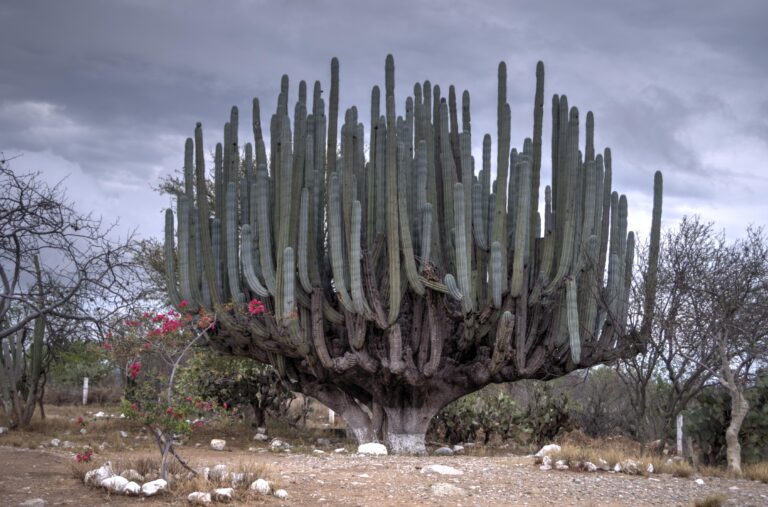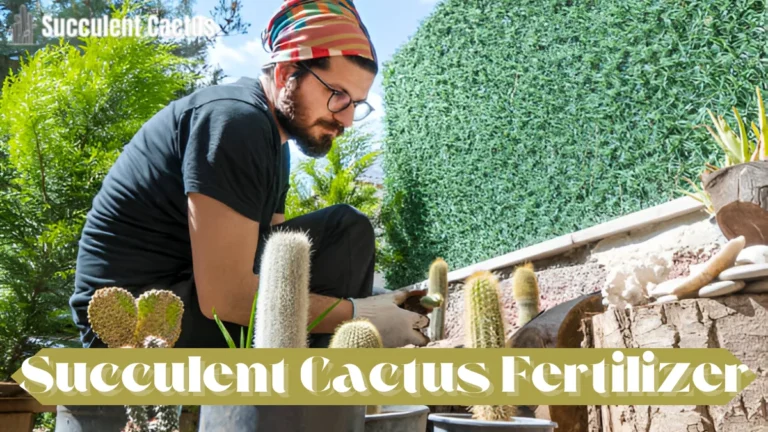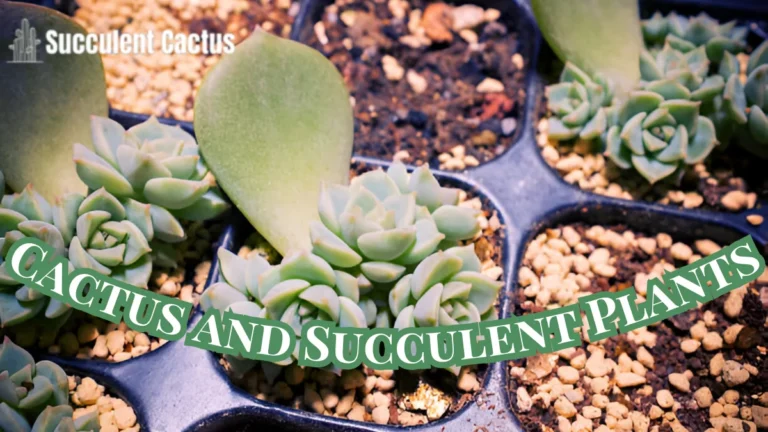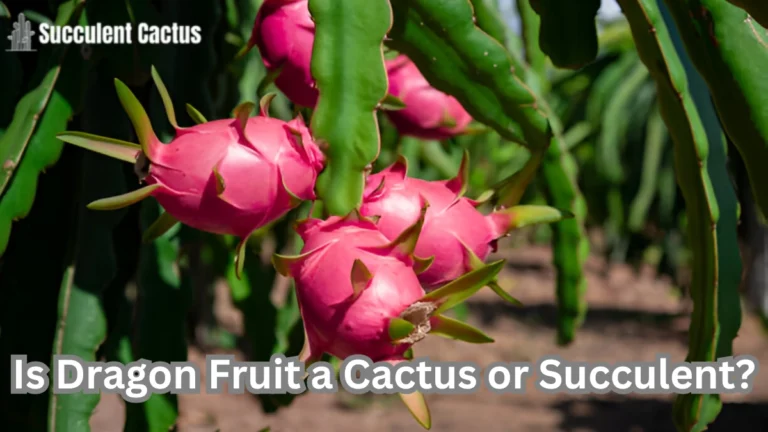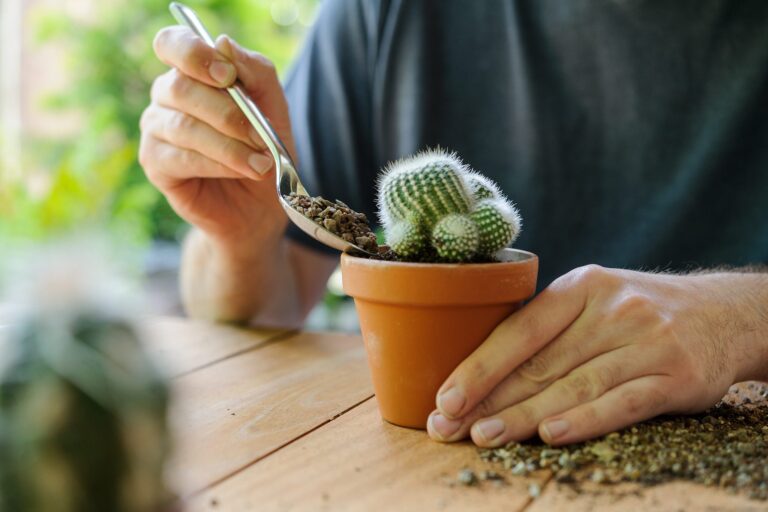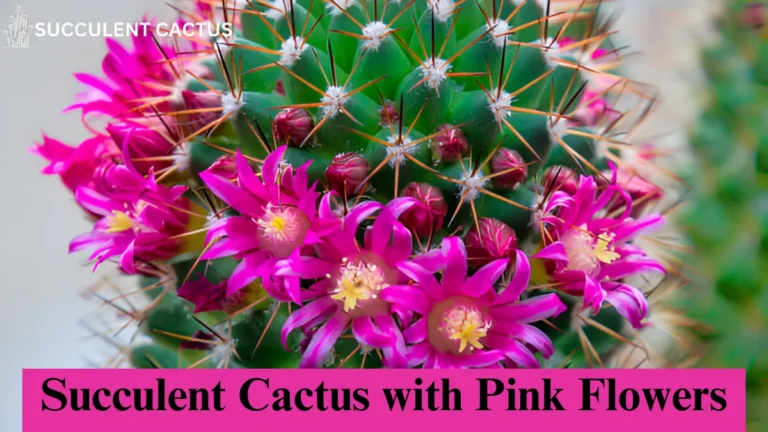San Gabriel Valley Cactus and Succulent Society: A Comprehensive Guide
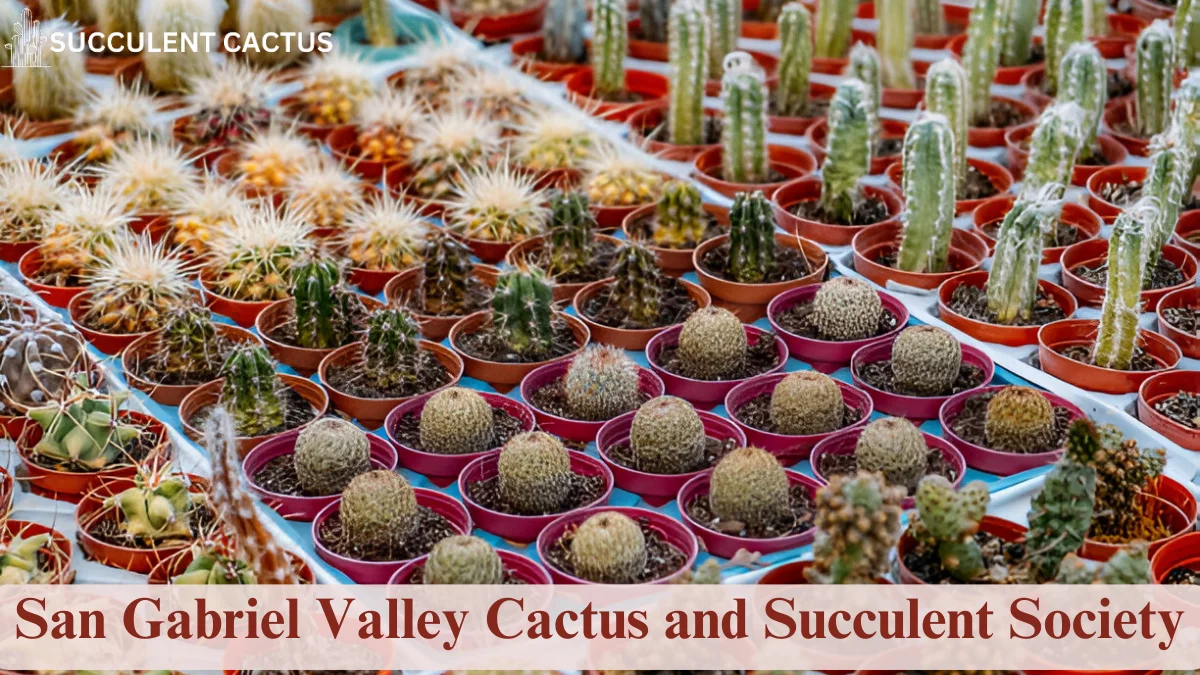
Cactus and succulent enthusiasts enjoy growing and learning about these resilient, beautiful plants. Among the many plant societies that foster education and conservation, the San Gabriel Valley Cactus and Succulent Society (SGVCSS) stands out as a leading organization dedicated to appreciating these unique plant species.
This guide explores the history, mission, events, benefits, and plant varieties associated with SGVCSS. Whether you’re a seasoned collector or a beginner, this article provides everything you need to know about the society, its contributions, and why you should consider joining.
What Is the San Gabriel Valley Cactus and Succulent Society?
A Brief History of SGVCSS
The San Gabriel Valley Cactus and Succulent Society (SGVCSS) was established to bring together plant enthusiasts who share a passion for cacti and succulents. Since its founding, the society has grown into a well-respected community with a strong presence in California’s plant-collecting scene.
SGVCSS organizes monthly meetings, plant sales, and educational programs that promote responsible plant care, conservation, and horticultural knowledge.
Mission and Objectives
The society’s mission is to:
- Educate members and the public about cacti and succulents.
- Promote conservation efforts for endangered species.
- Encourage responsible cultivation of rare and unique plants.
- Support scientific research related to desert plants.
Who Can Join?
Membership is open to all plant lovers, whether you are a beginner or a seasoned expert. Members include collectors, hobbyists, and botanical researchers.
Membership Benefits of SGVCSS
Access to Exclusive Plant Sales
Members of SGVCSS gain early access to rare and exotic succulents and cacti at society plant sales. These events feature plants not commonly found in commercial nurseries.
Educational Programs and Workshops
The society provides monthly lectures and workshops, during which experts discuss propagation techniques, pest control, and soil mixtures for optimal plant growth.
Networking and Community Building
Joining SGVCSS allows members to connect with fellow plant enthusiasts, collectors, and experts, creating opportunities for sharing tips, seeds, and plants.
Events and Activities Organized by SGVCSS
Monthly Meetings and Guest Lectures
Each month, SGVCSS hosts a meeting featuring expert guest speakers who discuss topics like desert ecology, propagation techniques, and conservation efforts.
Annual Cactus and Succulent Show
One of the most anticipated events is the SGVCSS Cactus and Succulent Show and Sale, where collectors can showcase their most prized plants and compete for awards.
Field Trips and Garden Tours
Members have opportunities to visit botanical gardens, private collections, and desert landscapes, gaining firsthand knowledge about how these plants thrive in different environments.
Cactus and Succulent Varieties Featured in SGVCSS
Rare and Exotic Species
SGVCSS often features unique species like Ariocarpus, Lithops, and Copiapoa, which are prized for their distinctive forms and rarity.
Drought-Tolerant Succulents
Popular varieties include Aloe, Agave, and Echeveria, which are commonly grown for their low water requirements and ornamental appeal.
Miniature and Collector’s Cacti
Small-growing species like Rebutia, Mammillaria, and Gymnocalycium are favored for their ability to thrive in small pots while producing stunning flowers.
| Plant Name | Features | Native Region |
| Ariocarpus | Warty, slow-growing | Mexico |
| Lithops | Mimics stones, drought-resistant | South Africa |
| Copiapoa | Round, dark-colored | Chile |
| Aloe Vera | Medicinal uses, thick leaves | Africa |
| Agave | Rosette form, used for tequila | North & Central America |
How to Grow and Care for Succulents and Cacti
Choosing the Right Soil
A well-draining soil mix is crucial for preventing root rot. A combination of pumice, perlite, and cactus mix works best.
Watering Techniques
- Follow the “soak and dry” method: water deeply but allow the soil to dry completely between waterings.
- Reduce watering in winter when plants enter dormancy.
Sunlight and Placement
Most cacti and succulents require bright, indirect light. Some desert species thrive in full sun, while others need shade protection during hot summers.
Conservation Efforts and Ethical Collecting
The Importance of Conservation
Many rare cacti and succulents are at risk due to habitat destruction and over-collection. SGVCSS promotes ethical plant sourcing and propagation to protect wild populations.
Avoiding Illegal Plant Trade
Collectors should ensure they buy from reputable nurseries that do not support illegal harvesting from the wild.
How SGVCSS Supports Conservation
- Partnering with botanical gardens and research institutions.
- Raising awareness about sustainable gardening.
- Educating members about CITES regulations protecting endangered species.
Succulent Cactus Vetplant Nursery and Its Photos
What Is a Vetplant Nursery?
A vetplant nursery specializes in growing and selling succulents and cacti, providing a wide selection of both common and rare species.
Popular Succulents Found in Vetplant Nurseries
Many nurseries stock plants like Haworthia, Gasteria, and Crassula, which are beginner-friendly and thrive indoors.
How to Choose the Best Nursery?
- Look for nurseries with healthy, pest-free plants.
- Ask about plant care tips and soil requirements.
- Check for locally adapted species that will thrive in your climate.
Propagation Techniques for Succulents and Cacti
Propagation is a rewarding way to expand your succulent and cactus collection. Understanding different propagation methods ensures higher success rates.
Leaf and Stem Cuttings
One of the most common propagation methods is using leaf or stem cuttings. Many succulents, including Echeveria, Sedum, and Jade Plants, can be propagated this way.
Steps for Leaf and Stem Cuttings:
- Choose a healthy leaf or stem—ensure it’s free of rot or damage.
- Let the cut end dry for a few days until a callus forms.
- Place in well-draining soil and mist lightly every few days.
- Wait for roots to develop, then transition to regular watering.
Offsets and Pups
Many succulents naturally produce offsets or “pups”, which are small clones of the parent plant. Species like Aloe, Haworthia, and Agave commonly produce these offsets.
How to Separate Offsets:
- Gently remove the pup using a sterile knife or by twisting it off.
- Let the cut dry for a day or two.
- Plant the pup in dry soil, watering only after a week.
Seed Propagation
Growing succulents and cacti from seeds requires patience but is ideal for rare species. Lithops, Ariocarpus, and Astrophytum are often propagated this way.
Seed Propagation Steps:
- Use a fine-grain cactus mix for seed starting.
- Sow seeds lightly and mist to keep the soil damp.
- Cover with plastic wrap to maintain humidity.
- Place under indirect sunlight and maintain consistent warmth.
- Germination may take weeks or months, depending on the species.
| Propagation Method | Best for | Time to Root/Germinate |
| Leaf Cuttings | Echeveria, Jade Plant | 2-4 weeks |
| Offsets/Pups | Aloe, Haworthia | 1-2 weeks |
| Seeds | Lithops, Ariocarpus | 1-6 months |
Common Pests and Diseases in Succulents and Cacti
Healthy succulents and cacti are resilient, but they can still fall prey to pests and diseases. Identifying and addressing these problems early is key.
Mealybugs and Scale Insects
These pests suck the sap from plants and weaken them over time. Mealybugs appear as white cotton-like clusters, while scale insects form hard brown shells on plant surfaces.
Treatment:
- Use isopropyl alcohol (70%) on a cotton swab to wipe them off.
- Introduce natural predators like ladybugs.
- Spray with neem oil weekly for prevention.
Fungal and Bacterial Rot
Overwatering and poor airflow can lead to fungal infections and bacterial rot, causing mushy, blackened stems.
Prevention:
- Ensure fast-draining soil and avoid excess watering.
- Remove infected parts immediately.
- Apply sulfur or cinnamon powder to cut wounds to prevent infection.
Spider Mites and Aphids
Spider mites are nearly invisible but leave web-like structures on plants, while aphids cluster around new growths and flowers.
Treatment:
- Rinse plants with a strong stream of water.
- Use insecticidal soap or neem oil for severe infestations.
Succulents and Cacti in Landscaping
Succulents and cacti are popular choices for drought-tolerant landscaping, offering beauty with minimal water needs.
Creating a Rock Garden with Succulents
Rock gardens mimic natural desert landscapes and provide excellent drainage for succulents.
Essential Elements:
- Use large stones and gravel for structure.
- Choose low-growing succulents like Sedum and Sempervivum.
- Add drip irrigation for minimal watering.
Container Gardening for Small Spaces
For those with limited space, container gardens offer a stylish solution.
Best Plants for Containers:
- String of Pearls (Senecio rowleyanus) for trailing effect.
- Zebra Plant (Haworthia fasciata) for unique texture.
- Golden Barrel Cactus (Echinocactus grusonii) for bold impact.
Using Succulents for Ground Cover
Ground-cover succulents create a lush, green carpet effect while requiring little maintenance.
Top Choices for Ground Cover:
| Succulent Name | Growth Habit |
| Ice Plant (Delosperma) | Spreading, colorful blooms |
| Stonecrop (Sedum) | Low-growing, dense coverage |
| Blue Chalksticks (Senecio serpens) | Creeping, drought-tolerant |
Collecting Rare Succulents and Cacti
What Makes a Succulent Rare?
Rarity is determined by slow growth, habitat specificity, and limited availability.
Examples of Rare Succulents:
- Pelecyphora Aselliformis (Closely resembling insect shells).
- Astrophytum Asterias (Star-shaped cactus).
- Conophytum Bilobum (Tiny heart-shaped succulents).
Ethical Collecting Practices
Many rare plants are protected under CITES laws to prevent illegal collection. Always purchase from reputable nurseries.
Where to Buy Rare Succulents?
Specialty nurseries and SGVCSS events are the best places to find rare specimens.
Recommended Succulent and Cactus Nurseries
Top Nurseries for Succulent Collectors
- San Gabriel Nursery & Florist – Great variety and expert advice.
- California Cactus Center – Specializes in rare succulents.
- Huntington Botanical Gardens – Offers rare plant sales.
What to Look for in a Nursery?
- Healthy, pest-free plants.
- Well-labeled species names.
- Knowledgeable staff for guidance.
Online vs. Local Nurseries
| Aspect | Local Nurseries | Online Nurseries |
| Plant Quality | Higher, inspect in person | Varies, risk of shipping damage |
| Variety | May be limited | Greater access to rare species |
| Cost | Generally lower | This may include high shipping fees |
FAQs
1. Where is SGVCSS located? SGVCSS is based in San Gabriel Valley, California, and holds meetings at various local venues.
2. How can I attend SGVCSS events? Check their official website or social media pages for event schedules and membership details.
3. What are the easiest succulents to grow? Great beginner-friendly choices include Aloe Vera, Jade Plant, and Zebra Plant.
4. Are all cacti considered succulents? Yes, all cacti are succulents, but not all succulents are cacti. Cacti have distinct areoles (spine-growing points).
5. Can succulents survive cold temperatures? Some cold-hardy varieties like Sempervivum and Sedum can survive freezing temperatures, but tropical species need warmth.
Conclusion
The San Gabriel Valley Cactus and Succulent Society is a treasure trove of knowledge and resources for enthusiasts of all levels. Whether you’re interested in collecting rare species, improving your plant care skills, or meeting fellow succulent lovers, SGVCSS offers a welcoming community.
From succulent cactus vetplant nurseries to landscaping with cacti, this society provides everything needed to cultivate a thriving collection. By learning, sharing, and practicing ethical growing, members help preserve these extraordinary plants for future generations.

